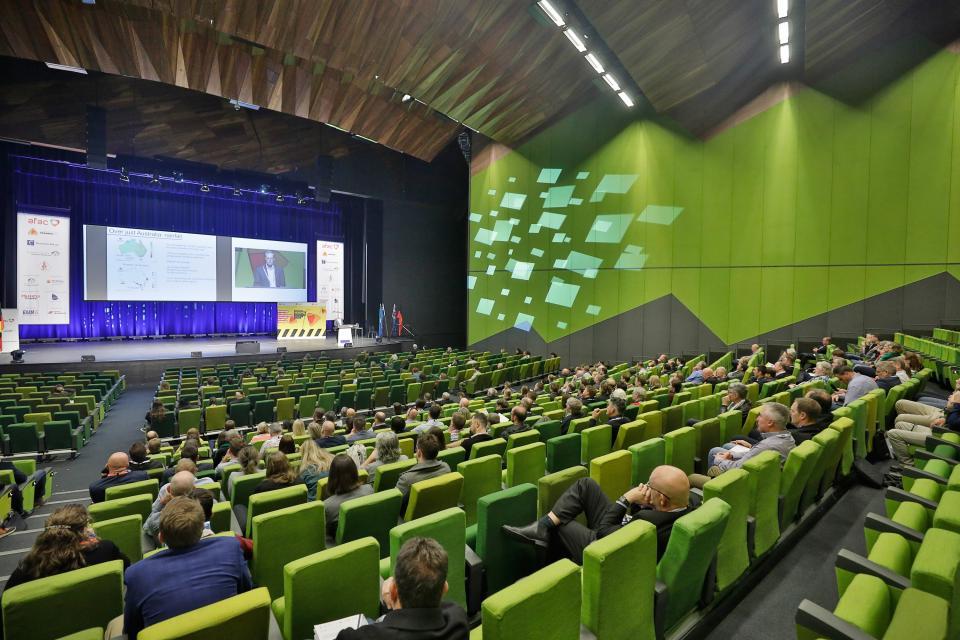
PUBLICATIONS
Published works

JASMIN: a high-resolution soil moisture analysis system for fire prediction
| Title | JASMIN: a high-resolution soil moisture analysis system for fire prediction |
| Publication Type | Conference Paper |
| Year of Publication | 2019 |
| Authors | Kumar, V, Dharssi, I, Fox-Hughes, P |
| Conference Name | AFAC19 powered by INTERSCHUTZ - Bushfire and Natural Hazards CRC Research Forum |
| Date Published | 12/2019 |
| Publisher | Australian Institute for Disaster Resilience |
| Conference Location | Melbourne |
| Keywords | analysis system, fire prediction, Preparedness, risk management, Soil moisture |
| Abstract | Soil moisture is found to be a key factor that influences fuel moisture content. Consequently, operational forest fire prediction systems typically include soil moisture as one of the inputs for fire behaviour calculations. The soil moisture input to these fire prediction models is usually provided in the form of moisture deficit. There is evidence that the current operational methods used in Australia for fire prediction perform poorly in estimating soil moisture status. A research project was initiated in partnership with the Bushfire and Natural Hazards Cooperative Research Centre to develop an advanced, state-of-the-art soil moisture analysis for Australia. Consequently, a prototype, high-resolution, land surface modelling-based soil moisture analysis called JULES based Soil Moisture Information (JASMIN) has been developed. JASMIN can provide hourly moisture estimates for four soil layers, at a spatial resolution of 5 km. The present paper will discuss the evaluation of JASMIN carried out against observations from ground-based networks. Among the results, the mean Pearson’s correlation for surface soil moisture across three in-situ networks is found to be between 0.78 and 0.85. We also focus on the research carried out to downscale the JASMIN product from 5 km to 1 km spatial resolution. The downscaling research is motivated by the desirable impact a higher resolution soil moisture product can provide for fire prediction, considering the high spatial variability in soil moisture and fuel moisture. We discuss the application of three downscaling algorithms: two regressionbased methods and one with a theoretical basis. The three methods applied in the present study are based on the information derived from characterizing a two-dimensional surface temperature/vegetation index scatterplot domain obtained from thermal and optical remote sensing observations. We present an overview of the application of each method, along with an evaluation against ground-based soil moisture observations. Evaluation results indicate that the regression methods, in general, fail to capture the observed temporal variability. The theoretically based method, on the other hand, provides a temporal correlation of 0.81 and captures the skill of the parent JASMIN product. Download the full non-peer reviewed research proceedings from the Bushfire and Natural Hazards CRC Research Forum here. |
| URL | https://knowledge.aidr.org.au/resources/australian-journal-of-emergency-management-monograph-series/ |
| Refereed Designation | Non-Refereed |
Published Works


